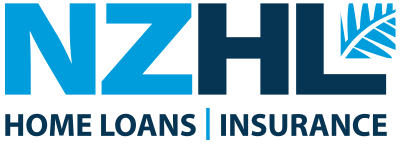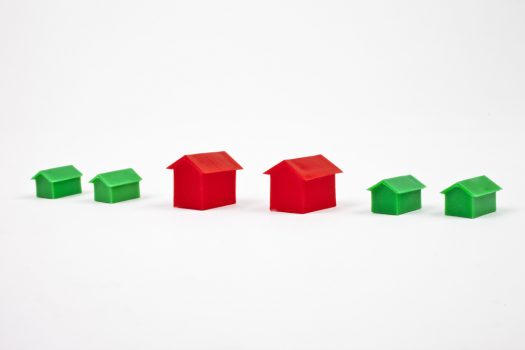A lot is being touted in the media about the LVR restrictions and what it means, not only for first home buyers, but also for main stream “Mum & Dad” who might like to supplement their retirement now by buying an investment property.
With the Reserve Bank recently rolling out tighter criteria on what makes up a 40% deposit or a 20% deposit (for first home buyers) I thought I would unpack for you how that might look.
Loan-to-Value Ratio Explained
Loan-to-value ratio (LVR) is a measure of how much a bank lends against residential property, compared to the value of that property. Borrowers with LVRs of more than 80% LVR (less than 20% deposit) are often stretching their financial resources. They may be more vulnerable to an economic or financial shock, such as a recession or an increase in interest rates. When we talk about high-LVR (low-deposit) lending, we are generally referring to someone with less than a 20% deposit – or an LVR ratio of greater than 80%.
LVR is the amount of your loan as a percentage of the value of the property you are buying. For example, if you want to buy a property worth $1,000,000 and you have a deposit of $200,000, then you are borrowing $800,000 against a $1,000,000 property. Your LVR would be 80%.
Loan-to-Value Ratio for Investment Property
The process is different if you already have an existing home loan and want to buy the house down the road as an "investor".
You can borrow up to 80% of your existing home and up to 60% of the value of the investment property.
Scenario 1
Your own home is worth $500,000
You owe $385,000
Hence the amount you owe is 77% of the value (LVR is 77%) so you can top up* $15,000 towards an investment which would then take your overall LVR to 80%.
The investment property you want to buy is worth $300,000 and you can borrow 60% ($180,000). Add the $15,000 you can top up your own home by and you have a total of $195,000.
So in this scenario you will obviously not be able to purchase the new investment.
Scenario 2
On a brighter note, the more equity you have in your own home means the less restricting it becomes to purchase an investment property.
For example:
Your own home is worth $685,000
You owe $239,000
So your LVR is 34% and you can then take your overall LVR to 80% to borrow an extra $309,000 towards an investment property.
*Subject to lending criteria and applicants ability to service increased borrowings.
The information contained in this article is of a general nature and should not be taken as advice. It reflects the opinions of the writer only and does not necessarily reflect the opinions of New Zealand Home Loans.
[do_widget id=qualifying_tool-2]






